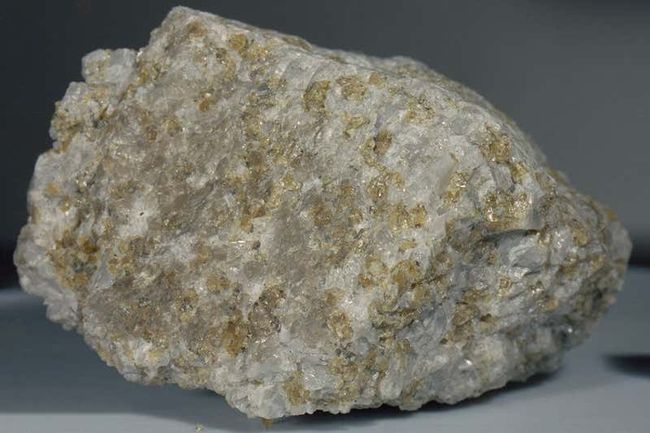Hopes have arisen for independently supplying lunar expeditions with water
Scientists have discovered hydrogen in samples of lunar rock returned by the Apollo mission. This suggests that astronauts in the future will be able to use lunar water for life support and as rocket fuel.
After analyzing lunar samples provided by NASA for research, scientists from the US National Laboratory (NRL) announced that they had discovered hydrogen in a sample of lunar soil under the number 79221. It is assumed that the detected hydrogen resulted from the constant rain of solar wind, or brought by comets.
“Hydrogen could be a resource that could be used on the lunar surface to provide permanent scientific bases. Finding resources and understanding how to extract them before lunar exploration is of enormous value,” said study lead author Katherine Burgess, a geoscientist at the U.S. Naval National Laboratory.
NASA estimates that sending a bottle of water to the moon would cost several thousand dollars. Therefore, to reduce costs, it is possible to use the ice on the Moon as water for astronauts and decompose it into its components (hydrogen and oxygen) for use as rocket fuel for flights between the Moon and Earth. Perhaps in the future this method could also be used to send astronauts to Mars.
In 2020, data from the infrared flying telescope SOFIA (Stratospheric Observatory for Infrared Astronomy) showed that water on the Moon may exist in the form of ice across its entire surface, rather than being limited to just the permanently shadowed regions near the Moon's north and south poles.
It is noteworthy that the Apollo mission astronauts collected moon rocks not at the south pole of the Moon, where many countries plan to establish a long-term base, but at the equator.
India's Chandrayaan-3 mission, which delivered a robotic lander and rover to the lunar south pole, discovered another valuable element on the lunar surface – sulfur, even in larger quantities than previously thought. It may be used in the future to create batteries.

